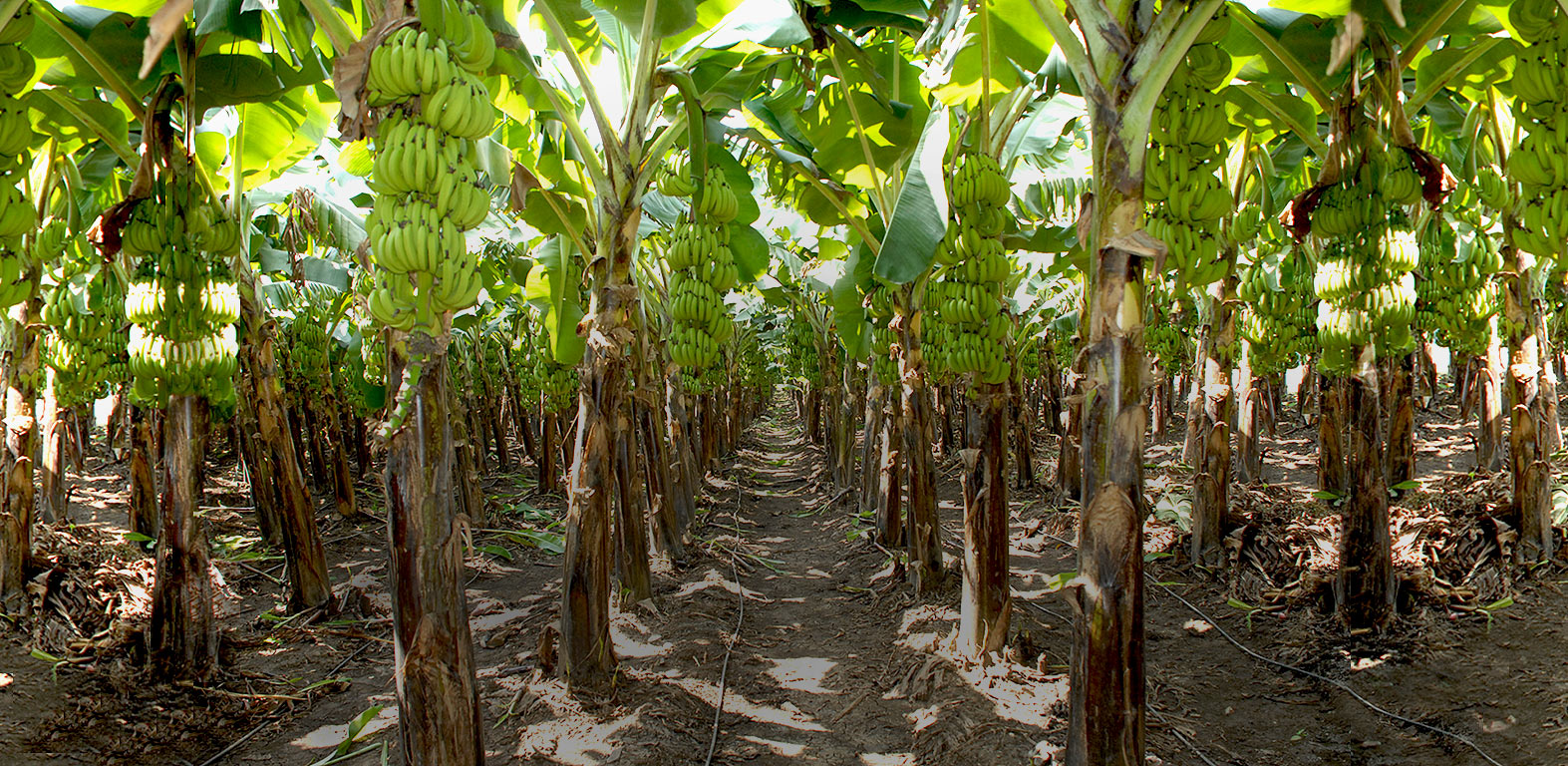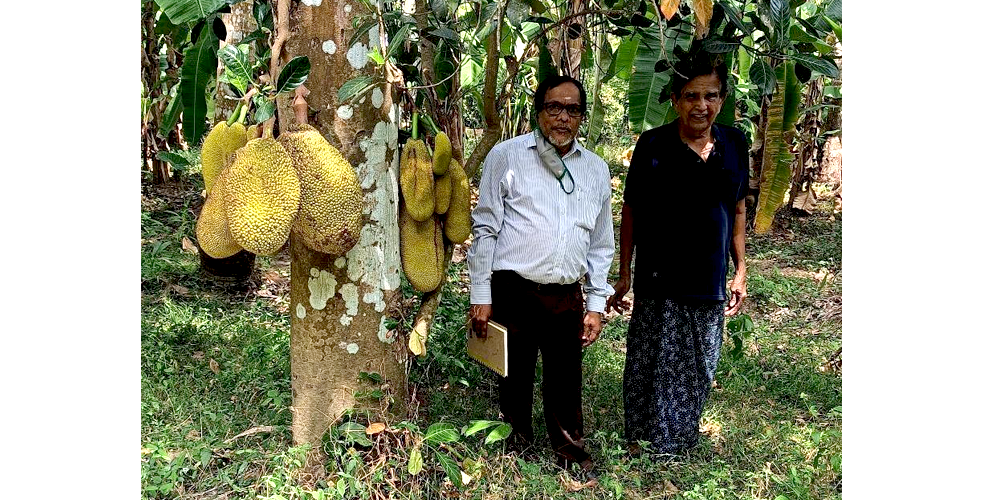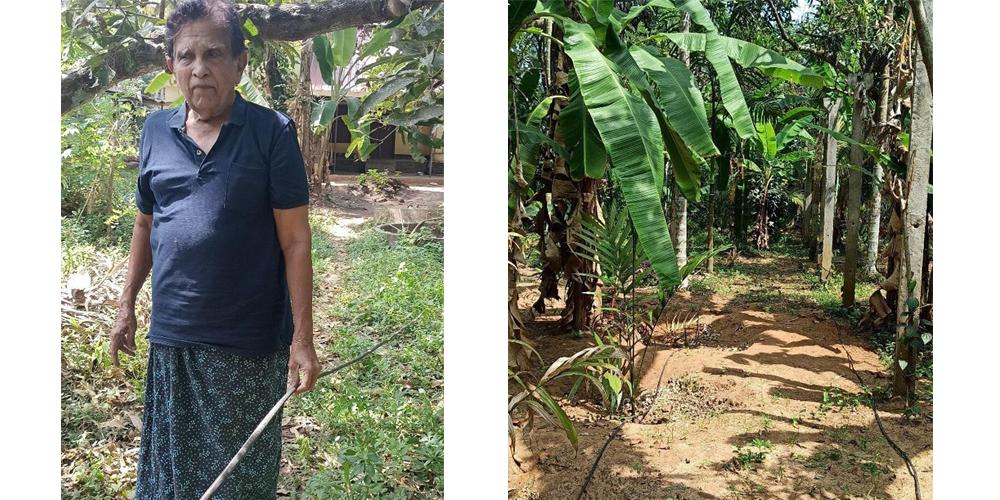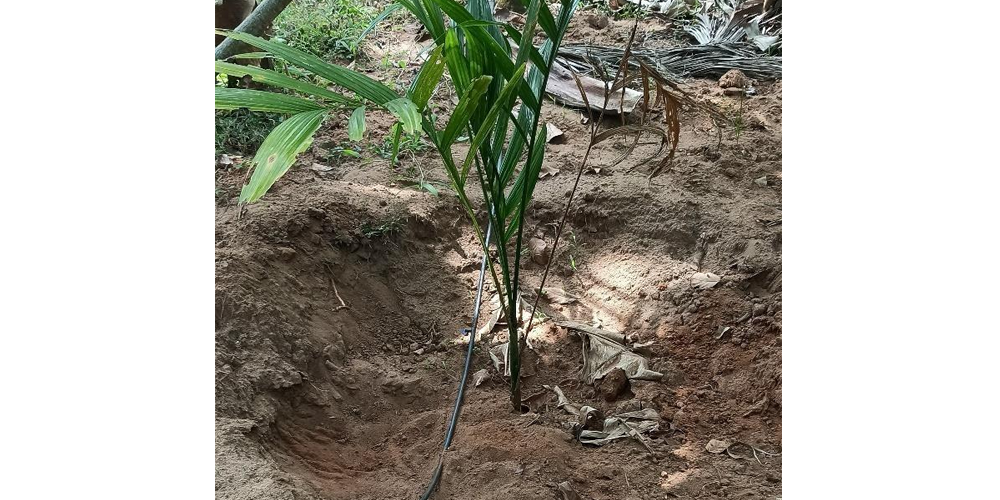Welcome to Jain Irrigation Systems Ltd.

Blog at Jains - An Enduring Bond of Jain Drip system & Farmers..
One of the frequently asked questions by farmers and financing bodies: ‘What is the life of the system?’ when discussing the drip irrigation system. The answer is not straightforward and simple because the system comprises several components with different life expectancies and made of a variety of material constituents- mainly plastic (PVC, PE, LLDPE, HDPE; and Metal and Rubber). The general answer is 7-10 years for the drip lines (laterals) 30-50 years for the Main and Submain pipes (buried in the soil at depths of 2 or 2.5 feet). The head control –Filters, Control and Safety Valves and Fertigation equipment will have a longer life than the drip laterals. But all this depends on the care and preventive maintenance the grower takes to maintain the system. The drip system is his property.
Systems also last long when the farmer replaces the drip laterals after 7 or 10 years. But here is a case where the laterals are still working, even after 27 years of regular use.
This is the story of one of the oldest complete systems installed by Jain irrigation in 1993 in an acre of a multilayer, multi-crop farm in Kerala.
In a small village, Pulloot, in Thrissur district, the owner, Dr. Devaki Nandanan, (retired Zoology Professor from the Government college, Pulloot), grows many varieties of Banana, Areca, Black pepper, Jack fruit, Cashew, Citrus lime, Mango, Garcinia, Allspice and a lot of Chillies and Taro in his compound: He has an open well with sweet water and the same water is used to drip irrigate all these species.
The drip system still has its metal bodied screen filter, the pressure gauge and all necessary valves and its main and submain pipes and all laterals of 12 mm polytube and everything is in working condition. The grower has replaced from time to time the original emitters/6 mm micro tube with J-turbo key or J-loc drippers.

The system was installed to supply water to a variety of crops as listed above. He chose drip system because of his basic understanding that water when applied in bulk, simply percolates down the deep soil profile of his land (See the depth in the photo with young Areca plant given below) and goes waste. For him drip provided what he wanted. This is the key factor that led him to install drip in 1993 soon after he bought the plot of land. A second factor according to him is the total impracticality of irrigation all these multilayer–multicrop by conventional methods from his limited water source, an open well. Labour was dear and not available. Here he only needs to go to the small pump house and turn the switch "ON", which even at his advanced age he does with ease.

He is knowledgeable about all the components and products of Jains and thus knew the type of drippers that the company has. This helped him in choosing J-turbokey or J-loc drippers as the emitting device over the last 2 decades.
As for economics – his answer is very interesting. He harvests a huge quantity of Black pepper, Bunches of Areca, Banana (of different varieties), Large quantities of Acid lime (nimboo), Jack fruit, Coconuts, and chillies regularly.
All the dry leaves from the farm are collected and put in Compost pits (concrete rings) and by spreading small quantities of Urea above each layer of dry leaves he gets the compost formation hastened. He does not favour complete removal of weed grasses as they give a cover to the ground that reduces surface evaporation and gives dry matter for composting.
He only wanted to know how close the manure should be applied to trees and other crops so that the NPK absorption time lag can be minimised.
The government departments and local Agriculture officers consider his farm as a model farm in the area and occasionally bring other farmers on study tours.
Right now he faces a peculiar problem, the drip laterals are being bitten by stray dogs and he is finding it difficult to join the polytube at the bitten parts as the bites are too frequent . (We saw a host of stray dogs moving around the field).
He wants to try our rodent tolerant drip lines and the dealer will provide him that. Though dogs and rodents differ in their social and community behaviour, he still wants to try whether these chemicals in the lateral can prevent dog bites. We agreed to test it first. In similar incidents, We could get farmers to bury the drip lines by 6 to 8 inches below the soil and keep them safe from dogs. But in this farm with trees and crops of different ages and canopy sizes which are not in regular rows, trenching and burying laterals at shallow depth is not practical.

We should learn – The products of JAIN IRRIGATION are of highest quality, standards and grade, if perfectly matched with care by the growers towards increasing the efficiency and longevity of products for decades. So ultimately, it is human action (attitude) in the field that is the deciding factor. Hence the query "How long the drip system lasts?" finds a different answer-
Longevity of the system depends on the Depth of Care.


